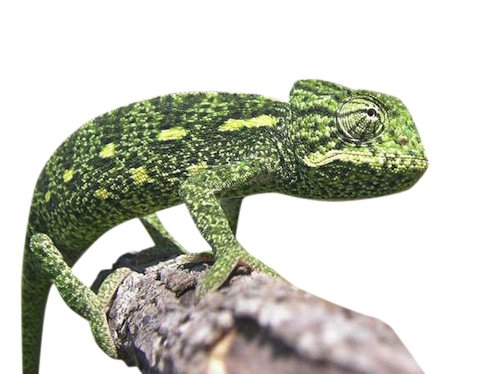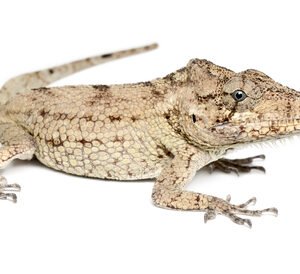Understanding the Sahel Chameleon: Habitat and Behavior
The Sahel Chameleon, a remarkable species native to the Sahel region of Africa, thrives in a unique environment characterized by a mix of grassy savannas, arid terrains, and sparse woodlands. This geographical setting not only influences their physical characteristics but also significantly impacts their behavior and lifestyle. The Sahelian climate, marked by long dry seasons and limited rainfall, necessitates adaptability in both their habitat selection and feeding strategies.
In the wild, Sahel Chameleons primarily exhibit insectivorous feeding habits. They have developed a preference for soft-bodied insects such as crickets, grasshoppers, and caterpillars. Their exceptional hunting skills are facilitated by a specialized tongue, which can extend rapidly to capture prey at a distance. This remarkable feature allows them to efficiently hunt in their natural habitat, where food sources can be scarce. Additionally, these chameleons are known for their ability to change colors, a behavior primarily used for communication and environmental adaptation. The vibrant color shifts can signal various messages, including aggression, stress, or readiness to mate, further underscoring their complex social interactions.
Sahel Chameleons are generally solitary creatures but do exhibit specific social behaviors during mating seasons. They display intricate courtship rituals and communication through body language and color changes that convey their emotional state. To ensure the health and well-being of Sahel Chameleons in captivity, it is vital to replicate their natural habitat. This includes providing adequate space, appropriate humidity levels, and a diet that mimics their wild eating habits. By understanding their native environment and behaviors, pet owners can create an enriching environment that promotes their overall health and longevity.
Caring for Your Sahel Chameleon: Tips for First-Time Owners
Keeping a Sahel Chameleon as a pet can be a rewarding experience, but it requires knowledge and commitment to ensure their well-being. Setting up an appropriate enclosure is vital for the health of your chameleon. A large, well-ventilated terrarium is recommended, preferably with glass or screened walls. The enclosure should provide enough space for climbing, which is essential since Sahel Chameleons are arboreal by nature. It is advisable to decorate the habitat with branches, plants, and vines that mimic their natural environment, offering hiding spots to make them feel secure.
Temperature and humidity play crucial roles in the health of a Sahel Chameleon. The basking area should reach around 85-90°F, while the cooler end of the enclosure should be maintained at about 70-75°F. It is important to provide a gradient within the enclosure, allowing your chameleon to choose its preferred temperature. Humidity levels should be kept between 40-70%, which can be achieved by misting the enclosure regularly or using a humidifier. Regular monitoring with thermometers and hygrometers will help maintain these levels.
When it comes to dietary needs, a balanced diet is essential for your Sahel Chameleon. They primarily consume live insects, such as crickets, mealworms, and waxworms. It is also important to provide a varied diet supplemented with calcium and vitamins to prevent nutritional deficiencies. Avoiding over-reliance on a single food source will help keep your chameleon healthy and vibrant. In terms of handling, it is recommended to approach chameleons slowly and gently, allowing them to acclimate to your presence to minimize stress.
Being aware of common health issues is crucial for first-time owners. Signs of stress in chameleons may include darkening of coloration, lethargy, or loss of appetite. Regular veterinary check-ups can help catch potential issues early. By understanding and meeting the specific needs of your Sahel Chameleon, you can create a thriving environment that promotes its health and well-being, ultimately leading to a harmonious pet ownership experience.





